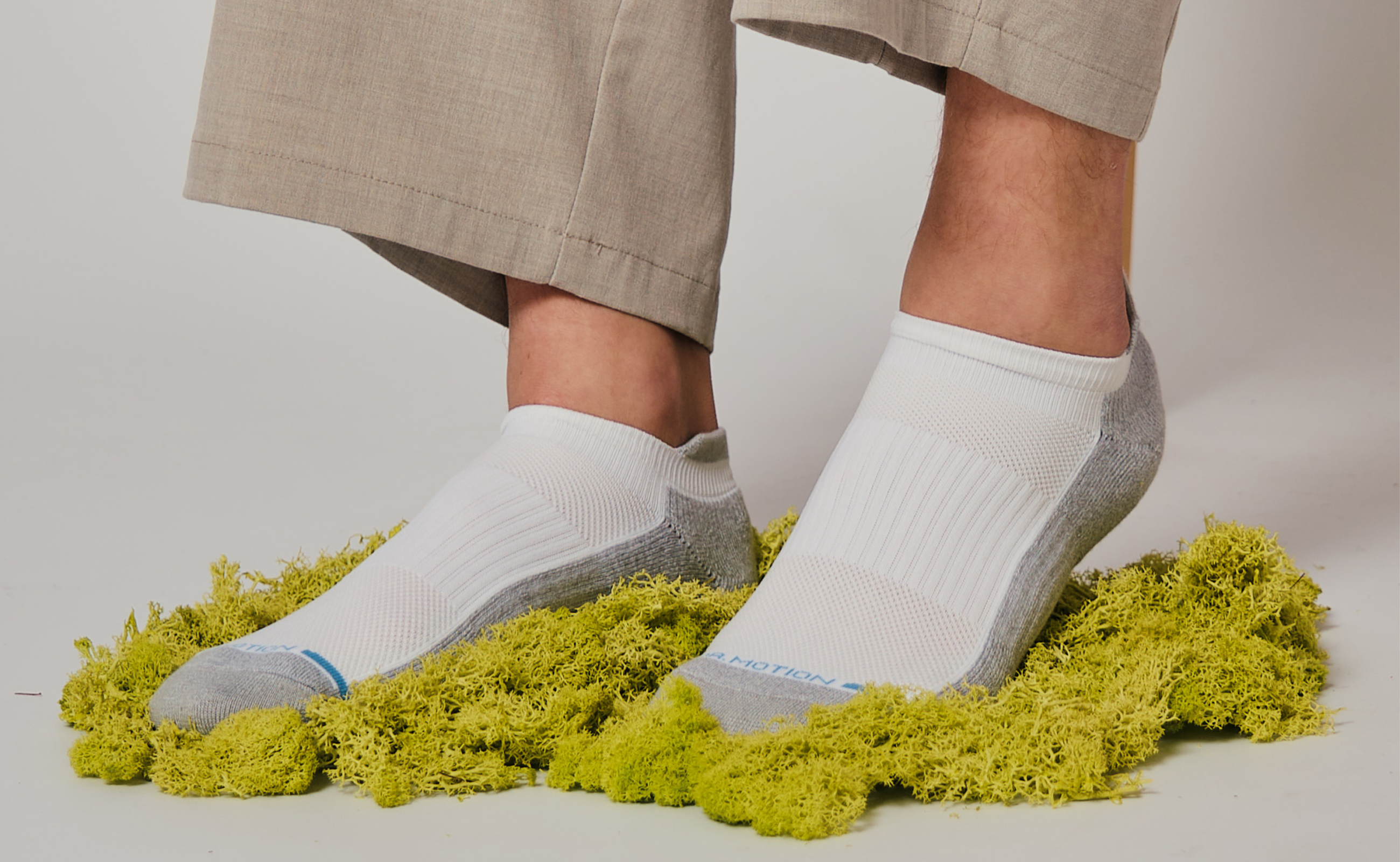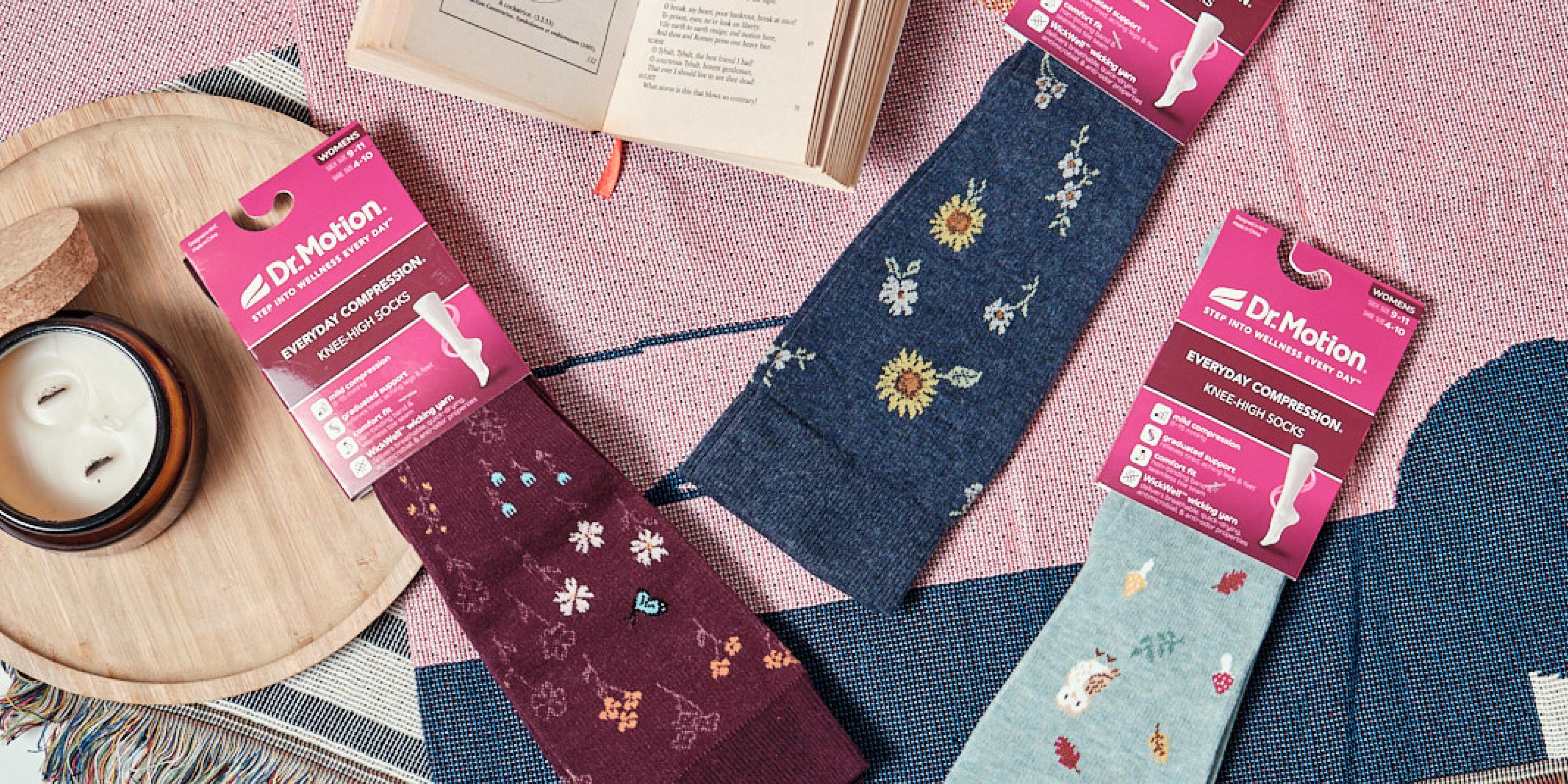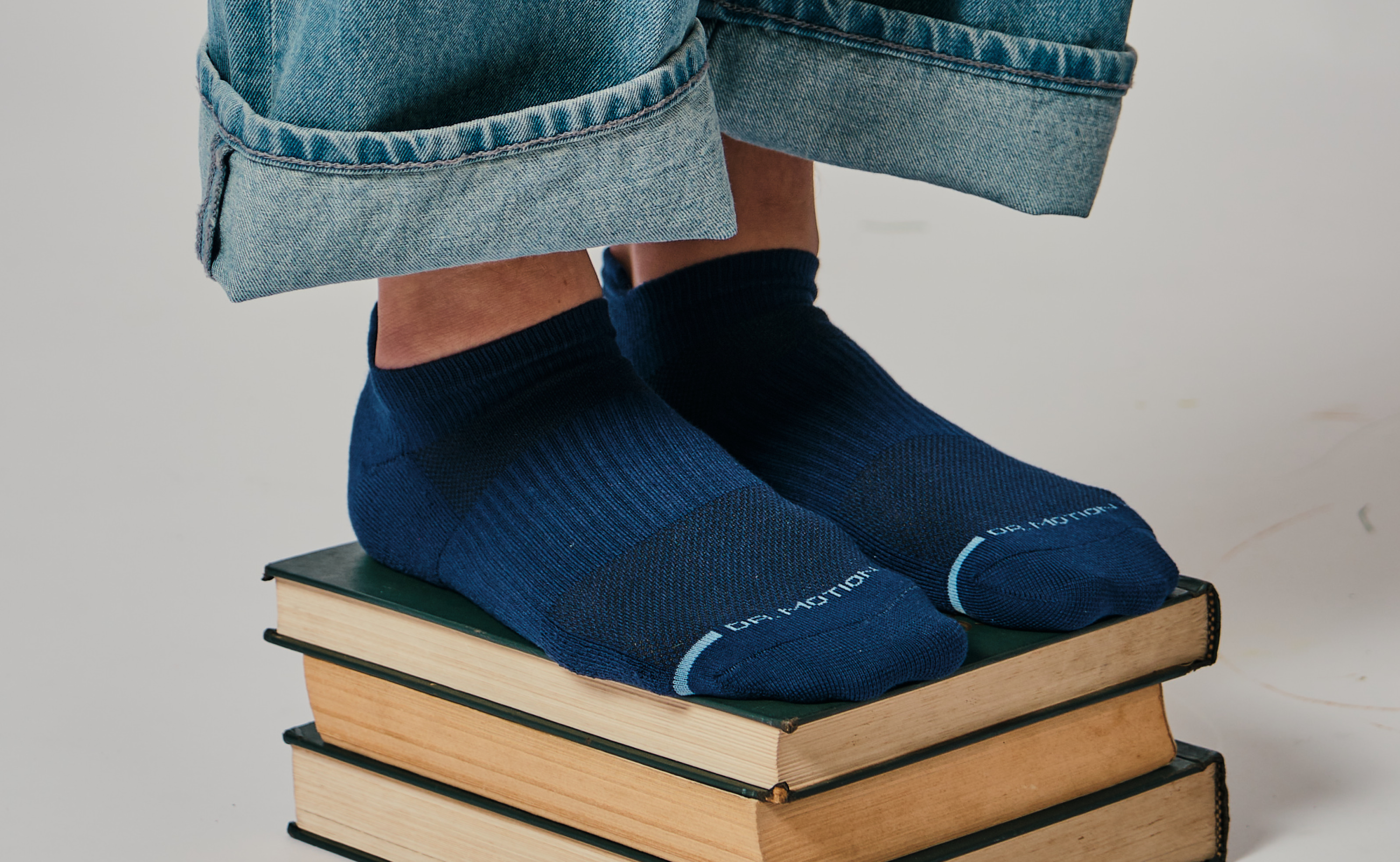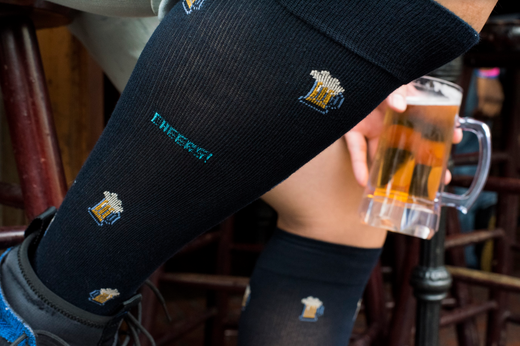Why Long Distance Runners Should Wear Compression Socks
Do you enjoy long-distance running? This is a great way to get fit, stay in shape, and pound the pavement as you experience a natural “runner’s high.” The problem is that repetitive pounding of the pavement can be hard on your body in a number of ways. If you are a long-distance runner, then you may want to consider investing in some compression socks. They should be an essential component of your long distance running equipment. Let’s look at why compression socks are among the best socks for long distance running and how they can benefit you in the long run, during your long runs.

Long Distance Running
If you are wondering, should you wear compression socks for running? The short answer is yes. It can improve your performance and prevent some physical problems along the way.
While long-distance running goes by many different names, including endurance running, it is commonly agreed to be anything you run over 1.8 miles. It’s been an Olympic event for a long time now, but it is also popular in the form of marathon running -- like the New York City Marathon, that is held each year and attracts people from all over the world.
Running USA estimates that about half a million people in the United States each year participate in a marathon, which is 26.2 miles. That’s a lot of men and women who could use a great pair of compression socks, like the ones from Dr. Motion!
The Benefits of Compression Socks for Runners
One of the benefits of wearing compression socks is that it helps to prevent circulatory problems in the legs. Circulatory problems can cause varicose veins and other vein diseases to form over time.
Runner-specific compression socks can also help decrease soreness and pain in the legs after you run. Not only does wearing compression socks help you with how your legs and feet feel after you run, but it’s going to dampen some of the vibrations while you are running. You may have fewer problems with shin splints, or that pain you have after running that makes the muscles and tendons sore under your shin bones (tibia).

Wearing graduated compression socks while you are running can also increase your circulation, which is going to help with oxygen delivery to your muscles. You may be able to run longer and with improved blood circulation. All that beneficial oxygen is reaching your heart and your lungs more effectively. The performance benefits of compression socks just can’t be overlooked.
The Best Compression Socks for Running
The best socks for long-distance running will be breathable, anti-microbial and anti-odor. Dr. Motion’s Sport Compression Socks are designed to resist moisture to keep your feet cool and dry during your workout. We have styles for women’s and men’s running compression socks. They come in a variety of full socks or compression calf sleeves that cover your entire calf, leaving your feet open to wearing regular athlete socks. And, there are several fun colors and patterns to choose from to keep you feeling your best!
Our athletic sock styles for runners come in a higher compression level of 15-20 mmHG. That’s higher than the standard compression sock rating of 8-15 mmHG for everyday wear, to increase circulation and encourage your best performance possible.
Takeaways
- Millions of people are long-distance runners, looking to maximize their performances and minimizing their recoveries.
- Compression sock for men and women benefits long-distance runners by preventing circulatory problems, encouraging quicker recovery, and decreasing pain from shin splints.
- The best women and men’s running compression socks will have graduated circulation, to allow oxygen to better flow to your muscles.
Dr. Motion: The Best Men & Women's Running Socks
Dr. Motion’s sports compression socks are a great running companion! If you have any more questions about why Dr. Motion’s compression socks are among the best running socks on the market, send us a message today. We’d be happy to go over which styles can enhance your long-distance running experience.
Disclaimer: This article provides information solely for educational purposes, including but not limited to text, graphics, images, and other materials contained herein. This article is not intended to substitute for professional medical advice, diagnosis, or treatment. Always seek the advice of your physician or another qualified healthcare provider with any questions you may have regarding a medical condition.











